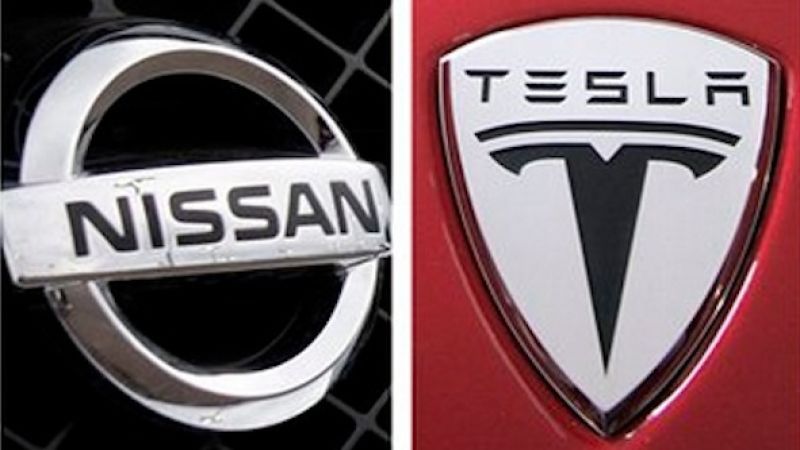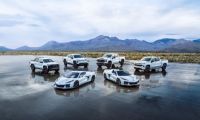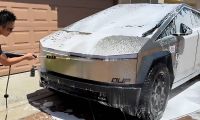Nissan, the other leading electric car maker besides Tesla Motors, has begun selling ZEV credits earned under California's zero emission vehicle sales rules. The ZEV credits are administered by California's Air Resources Board, and are the method by which automakers retain the right to sell gasoline powered cars in California. To date Tesla Motors is the only company which has earned enough ZEV credits to be able to sell any. How, then, will this affect Tesla given that the ZEV credits have played a key role in keeping the company afloat.
Bloomberg News is quoting Nissan Executive Vice President Andy Palmer as saying "We've got carbon credits to sell, and we're selling them -- California ZEV credits." This indicates that Nissan has been successful enough selling the Nissan Leaf in California that they have more ZEV credits than are needed to continue selling gas cars in California. Nissan recently disclosed their top 15 markets for the Leaf, and four out of the top 10 are in California (#1: San Francisco, #2: Los Angeles, #7: San Diego, #8: Sacramento).
Under California's ZEV requirements, automakers are required to sell a certain number of "zero emission vehicles" in order to earn the right to sell non-zero-emission vehicles in California. That means each automaker has to somehow acquire ZEV credits. They do so either by directly selling a ZEV, or by acquiring ZEV credits from companies that have excess ZEV credits to sell. Because Tesla only sells ZEV's, every ZEV credit they earn can be sold to other automakers.
What, then, will be the effect on Tesla now that another company is starting to sell ZEV credits?
In the 1st quarter of 2013, ZEV credit revenue totaled $67.9 million, and other regulatory credit sales earned $17.1 million. During the 2nd quarter that revenue fell by $16.5 million to $51.5 million, and other regulatory credit sales earned $17.9 million. For the years 2012, 2011 and 2010, ZEV credit revenue was $40.5 million, $2.7 million, and $2.8 million respectively. There are 11 other US states besides California to require ZEV credits.
First quarter total revenue was $561 million, meaning ZEV and regulatory credits were 15% of that amount. The second quarter total revenue was $405 million, making regulatory credits 17% of 2nd quarter gross revenue. However, the 2nd quarter revenue is a little more complex, because Tesla has changed the sales model such that many customers are buying through the new financing program, and Tesla cannot immediately recognize all the revenue they've received.
Tesla's ZEV credit revenue was already dropping before Nissan started selling credits. Company management has been advising investors to not expect any ZEV credit revenue by the end of 2013, and that Tesla Motors should be able to make enough efficiency improvements that the company won't need the ZEV credit revenue to maintain profitability.
At the same time California recently tightened its ZEV requirements, and the other 11 states will follow suit as well. In 2018 manufacturers must start increasing the number of ZEV's they sell, or ZEV credits they buy, and by 2025 each large volume auto manufacturer must have a fleet of at least 15.4% zero emission vehicles. Over the long term, the manufacturers must begin selling ZEV's in earnest because buying ZEV credits may not be enough to cover their gasoline vehicle sales.
Bottom line is that Tesla claims they'll remain profitable even with zero revenue from ZEV credits, because of improvements elsewhere in the company. We see that ZEV credit revenue has played a significant role in Tesla's revenue picture, but that this revenue is falling. As the other automakers ramp up their own zero emission vehicle programs Tesla will have a shrinking market for ZEV credit sales. With Nissan starting to sell ZEV credits is just an example of Tesla's future.
Source: Bloomberg News











